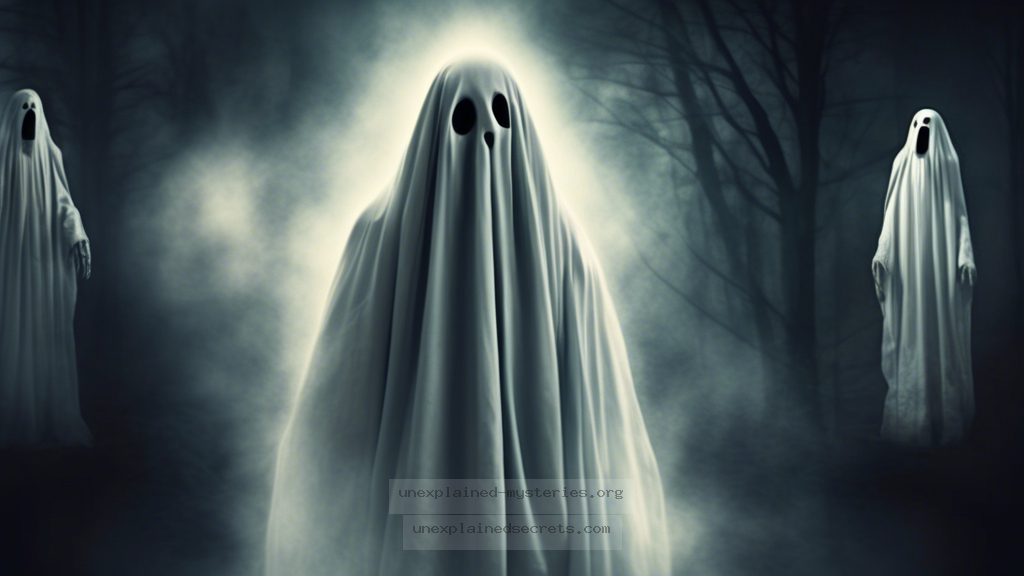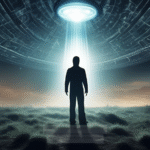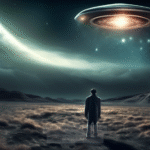What Can We Learn from the Most Compelling Ghost Sightings of Historical Figures?
What Can We Learn from the Most Compelling Ghost Sightings of Historical Figures?
The question of whether spirits linger after death has fascinated humanity for centuries. Ghost sightings, particularly those involving historical figures, provide a unique lens through which we can explore the intersection of history, culture, and the paranormal. These encounters often leave us with more questions than answers, raising issues of belief, skepticism, and the very nature of existence after death. In this blog post, we will delve into some of the most compelling ghost sightings of historical figures, examining the context, implications, and ongoing debates surrounding these enigmatic experiences.
Historical Context of Ghost Sightings
Ghost sightings have been reported throughout history, with accounts dating back to ancient civilizations. From the pharaohs of Ancient Egypt, who believed in an afterlife, to the Roman Empire’s tales of restless spirits, these sightings often reflect societal beliefs about death and the afterlife. One of the earliest documented cases comes from Pliny the Elder, a Roman author, who wrote about a haunted house in Athens where the ghost of a man was said to rattle chains at night. This account laid the groundwork for centuries of ghost lore.
In the Middle Ages, ghost sightings were often attributed to the souls of the deceased seeking justice or closure. The concept of the “wandering spirit” became prevalent, influencing literature and folklore. Notably, Shakespeare’s works often depict ghosts as messengers from beyond, with Hamlet’s father serving as a prime example. Such depictions have shaped cultural perceptions of the afterlife and the possibility of spirit manifestations in our world.
Core Concepts of Ghost Sightings
When discussing ghost sightings, several core concepts emerge, including residual hauntings, intelligent hauntings, and poltergeist activity. Residual hauntings are characterized by repetitive actions of spirits, as if they are replaying a moment in time, while intelligent hauntings involve spirits that seem aware of their surroundings and can interact with the living.
Many ghost sightings of historical figures tend to fall into the category of intelligent hauntings. These spirits often appear with a purpose, conveying messages, seeking recognition, or even protecting certain locations. For example, the ghost of Abraham Lincoln is frequently reported at the White House, where witnesses claim to have seen his apparition in various rooms, suggesting he remains connected to the place that shaped his legacy.
Compelling Examples of Historical Ghost Sightings
Many documented ghost sightings involve prominent historical figures, each adding a layer of intrigue to the narrative of the afterlife. Below are some notable examples:
- Abraham Lincoln: Several accounts describe Lincoln’s ghost appearing in the White House, with witnesses reporting cold drafts and the feeling of being watched.
- Marilyn Monroe: The late actress is said to haunt her former home in Los Angeles, where guests have reported strange occurrences, including the scent of her perfume lingering in the air.
- Winston Churchill: Churchill’s ghost is reportedly seen in the halls of the House of Commons, where he once passionately debated British policies.
Practical Implications of Ghost Sightings
The implications of ghost sightings are numerous, influencing fields such as psychology, sociology, and even theology. For instance, these experiences can provide comfort to those grieving, offering a sense of connection with lost loved ones. They can also challenge our understanding of life and death, prompting discussions about consciousness and existence beyond the physical realm.
Additionally, ghost sightings can impact tourism and local economies. Historic sites known for paranormal activity often attract visitors hoping for an encounter, leading to a boost in local business. Ghost tours, haunted hotels, and historical reenactments have become popular attractions, merging cultural heritage with the allure of the supernatural.
Alternative Perspectives on Ghost Sightings
While many embrace the notion of ghost sightings as genuine encounters with the supernatural, skeptics argue that such experiences can often be attributed to psychological phenomena, environmental factors, or even hoaxes. For example, the phenomenon known as pareidolia, where individuals perceive familiar patterns or figures in random stimuli, can lead to misinterpretations of natural occurrences as ghostly encounters.
Moreover, the influence of popular culture—through films, television shows, and literature—can shape people’s perceptions and expectations of ghost sightings, leading to a psychological predisposition to interpret ambiguous experiences as paranormal. This highlights the importance of critical thinking and open-mindedness when exploring such mysteries.
Common Misconceptions about Ghost Sightings
Despite the plethora of ghost stories, several misconceptions persist. One common belief is that all ghost sightings are malevolent. In reality, many reported encounters involve spirits that seem benign, even protective. Another misconception is that ghost sightings only occur in locations with a tragic history; in truth, ghosts can be seen in a variety of places, including homes, public buildings, and even open fields.
Notable Fact: According to a 2022 survey, approximately 45% of Americans believe in ghosts, and nearly 30% claim to have experienced a paranormal event.
Best Practices for Investigating Ghost Sightings
For those interested in exploring ghost sightings, a careful and respectful approach is essential. Here are some best practices:
- Research: Understand the history of the location and any associated stories or legends.
- Document Experiences: Keep a journal of observations, feelings, and any unusual occurrences.
- Use Technology: Tools like EMF meters, infrared cameras, and voice recorders can help capture evidence, but should be used with caution and skepticism.
- Respect the Space: Always approach investigations with respect for the location and any spirits that may reside there.
Future Developments and Ongoing Research
The field of paranormal research continues to evolve, with advancements in technology providing new methods for exploring ghost sightings. Researchers are increasingly utilizing tools like virtual reality and AI to analyze data and simulate ghostly encounters, opening new avenues for understanding these phenomena.
Additionally, interdisciplinary studies involving psychology, neuroscience, and cultural anthropology are shedding light on the human experience of ghost sightings, offering insights into how belief systems and societal factors influence perceptions of the paranormal. As interest in the supernatural persists, future research may uncover more about the intricate relationship between history, culture, and the ghostly realm.
Conclusion
The exploration of ghost sightings, particularly those involving historical figures, offers a fascinating glimpse into our collective psyche and societal beliefs about the afterlife. From Abraham Lincoln’s spectral visits to the haunted homes of celebrities, these encounters provoke deep questions about existence, memory, and the enduring impact of history. As we continue to investigate these mysteries, we must balance skepticism with open-mindedness, embracing the complexity of the human experience while seeking to understand the unknown.
Ultimately, whether one believes in the supernatural or not, the stories of ghost sightings serve as a reminder of our connection to the past and the enduring quest for meaning in our lives. The fascination with these spectral narratives will likely continue, inviting new generations to explore the mysteries that lie just beyond our understanding.
Other Articles
Recent Posts
- What Happened to Flight MH370? The Conspiracy Theories That Still Haunt Us
- What Secrets Lurk Within the Walls of the Infamous Trans-Allegheny Lunatic Asylum?
- What Evidence Supports the Existence of Bigfoot in the Pacific Northwest?
- What Happened to the Indus Valley Civilization? Unraveling the Mysteries of Ancient Urban Life
- Can Telepathy Be Scientifically Proven Through Laboratory Evidence?







